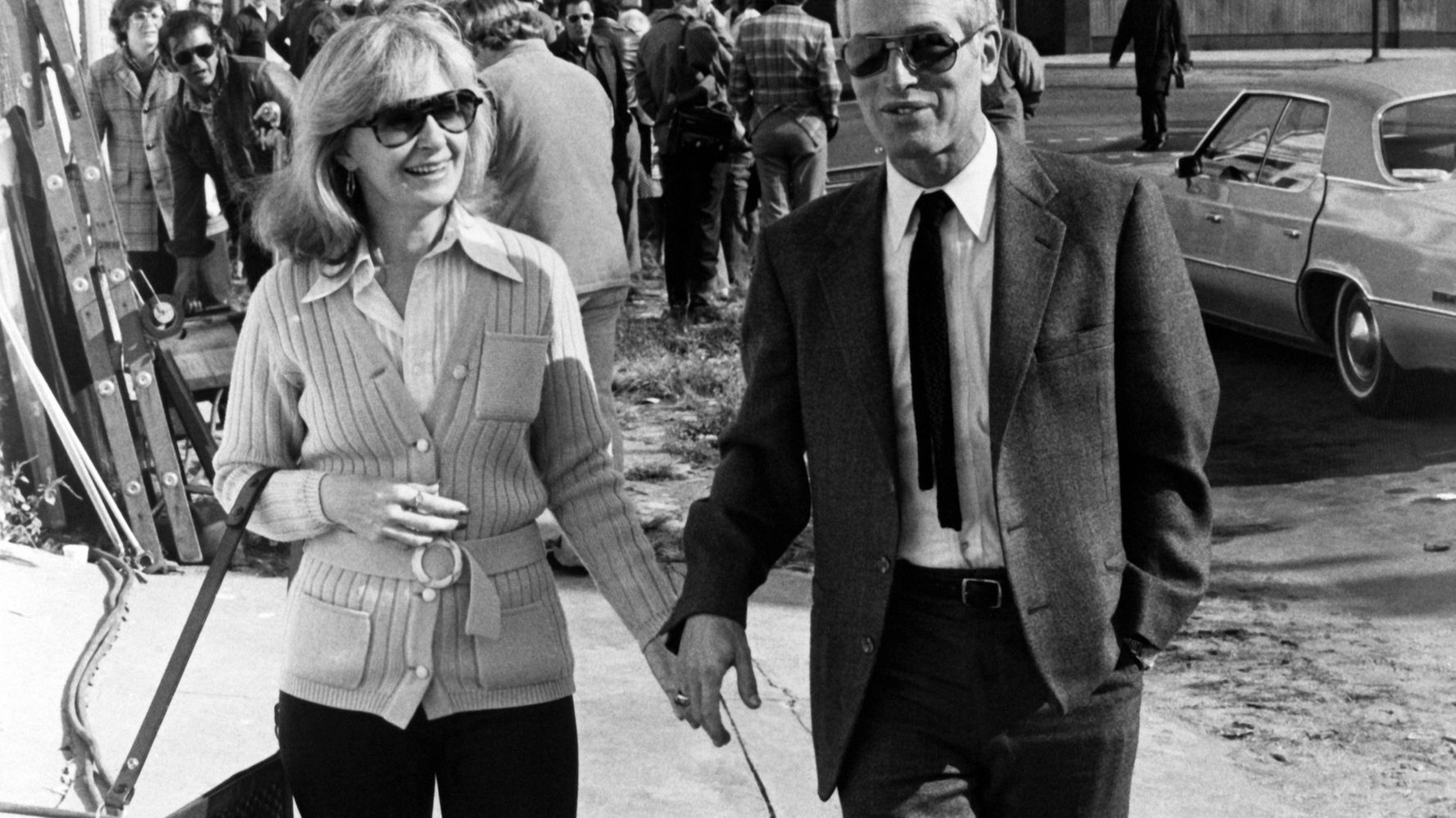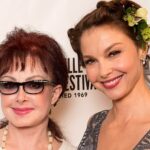I’ve lost track of which month of the pandemic was when Zoom became the bane of my existence. Zoom meetings, Zoom classes, Zoom happy hours, Zoom game nights, Zoom graduations. “I think you’re muted.” “Please introduce yourself in the chat.”
Similarly, I grew tired of the Zoom-produced movies, shows, and theater productions popularized in the early months of the pandemic. What began as a necessity to keep performers working and creating and audiences engaged and entertained became stale and artificial (with a few notable exceptions that found fresh approaches). So now, two and a half years into the pandemic, watching a bunch of famous actors pop up in their little Zoom rectangles in the opening minutes of “The Last Movie Stars,” I was skeptical. Would this narrative device become a clunky distraction from the richness of the material?
Directed by Ethan Hawke, the six-part HBO Max docuseries is a mammoth undertaking, exploring the legendary careers and marriage of Paul Newman and Joanne Woodward. What could have been pure hagiography turns into something much more revelatory. Without losing a sense of deep reverence for the acting titans, Hawke makes us consider the limitations of stardom, and how telling neat and tidy stories flattens the complications of careers, marriages, families and lives.
I was completely mesmerized by all of it — including, to my total surprise, the docuseries’ use of Zoom, which gives it a sense of rawness and intimacy. Some of it is for obvious logistical reasons. As Hawke explains, just before the pandemic, one of Newman and Woodward’s daughters gave Hawke a trove of old interview transcripts, originally intended for Newman’s abandoned memoir. In the 1980s, the couple’s longtime friend, screenwriter Stewart Stern, had interviewed Newman, Woodward and many of their friends and collaborators. Later, Newman impulsively burned the tapes. But at some point, Stern had transcribed them.
To bring the transcripts to life, Hawke convened a star-studded group of “players,” as the docuseries’ old Hollywood-style end credits refers to them. George Clooney voices Newman, and Laura Linney voices Woodward. Oscar Isaac provides the voice of “The Verdict” director Sydney Pollack. Sam Rockwell, who tells Hawke he’s happy to just get to work while stuck at home, plays “Cool Hand Luke” director Stuart Rosenberg. Zoe Kazan is Newman’s first wife, Jackie. Martin Scorsese and Sally Field (and her Christmas tree) Zoom in for commentary, among many, many other celebrity guests. There are also Zoom interviews with Newman and Woodward’s children and grandchildren.
Stylistically, the Zoom shots and banter could have looked out of place, simple and plain next to the docuseries’ more technically advanced choices. There are meticulously edited segments pairing themes and narratives of Newman and Woodward’s lives with clips from their films that mirror what the interviewee is discussing. There’s a wealth of archival footage: awards show speeches, talk show interviews, magazine and newspaper clippings.
There’s so much material to take in. I frequently paused the docuseries to write down some of their more underseen movies, like 1961’s “Paris Blues,” which contains an absolutely killer cast: Newman, Woodward, Sidney Poitier and Diahann Carroll. Many of those underseen movies star Woodward. One of the most devastating themes in the series is how she was deeply underappreciated, despite being a bigger star than Newman early in their marriage. Like many women of her generation, she was expected to be a wife and mother, and put her career on the back burner while her husband’s stardom soared.
In one of the interview transcripts, she talks with unusual candor about “if I had it to do all over again, I might not have had children.” It still sounds frank in 2022, when motherhood still feels too much like a default expectation. The next episode brings up Newman’s oft-quoted line about the longevity of their marriage — “Why should I go out for hamburgers when I have steak at home?” — which has become pop culture lore. But here, we see Woodward’s response to it: “I’m a vegetarian.” In footage from another interview, she reveals the quote “could have ended our relationship.”
“I mean, what a chauvinist statement. I’m not a piece of meat, for god’s sake,” she says. “Every time that quote pops up, I want to kill.”
Remarkably, instead of being a distraction from all of these incredible excavations, the Zoom interstitials end up giving the sprawling docuseries a structure. Throughout “The Last Movie Stars,” we see Hawke chatting with the actors. Before they start reading their respective transcripts, he gives them some context about the person and events they’re portraying. It doubles as exposition for us viewers.
Zoom also gives us a peek into the process. There are several points when Hawke thinks out loud, trying to figure out what the docuseries is about. He fields questions from the various actors. At the start of the last episode, he checks in with his wife and producer Ryan, admitting that he’s not sure what he’s trying to say in a segment about the commodification of Newman’s celebrity. In a conversation with his daughter Maya, they discuss how in relationships, the relationship itself becomes a third person, and maybe that’s what the series is about. All of it, especially given the amount of famous faces, could have been tacky and self-indulgent. Instead, the inclusion of these Zoom conversations becomes a benefit, not a limitation.
In fact, it’s hard to imagine the finished product without Zoom. For instance, when each of the Newman children look back on the complications and tensions of their family dynamics, there’s a rawness and an honesty that a set of more produced talking-head interviews might not have achieved.
“The Last Movie Stars” is so much about looking inward at pop culture narratives and celebrity mythmaking. The isolation of the pandemic has also forced many of us to look inward, making it fitting that this series is unmistakably a pandemic-era piece of work. But the staginess and curation of Zoom, especially when it involves a lot of famous people, hasn’t always been the right vehicle for introspection. Particularly during those early months of the pandemic, Zoom was an uncomfortable way to compare ourselves to others, peering at what other people had in the background.
And for all of its informality, once Zoom became such a common structure in many of our lives, it started to feel like a more formal obligation. But for all of these annoyances, it’s nice to discover that it can still be a fresh mode of storytelling.


